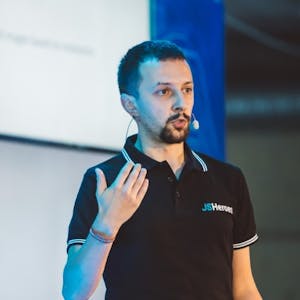And since we're talking about AI, here is the one million dollar question. Can we actually detect wildfires before they happen? Well, the answer is more or less yes and no. Although we have data in place like historical data, satellite images, and more, it's really hard to correlate them together. Wildfires are, as we said before, unpredictable and triggered by multiple factors that are hard to bring together. For example, we have to take in mind weather, the terrain, the changing humidity, along with the population base, the ventilation, traffic networks, and more.
But I think we're closely getting there because there are different teams. For example, there's the USC team from the university team from USC that they're working together to bring a model that it would be able to get fed with data and predict when an area is in high danger for a wildfire.
So if you have been following along, I hope you actually enjoyed the talk and picked up a few new insights. It's been quite a journey in the past few months exploring these concepts together, but the takeaway I'm about to share with you may be a bit different from what you expected. Beyond the technical details, there is something deeper that I hope resonates with you, an idea about what truly drives innovation and how we can each contribute to it in our own unique way. The main theme of this talk is not to brag about building something cool, but to show how technology can be used to solve real-world problems. When we bring together different perspectives, we push beyond the limits of what's known, creating solutions that are not only functional, but transformative as well.
So whether you are prototyping with a microcontroller, writing JavaScript for your daily job, developing software, designing the next breakthrough, remember that innovation thrives where ideas intersect, and you can actually embrace that process of going through all these new pieces of information, all these ideas, and getting strong back from the community. So next time someone's telling you that you cannot do this or that, they somehow might be absolutely wrong. We have moved along for so many years while building together, growing together, and learning from each other, and I think that's what makes us strong. The title for my talk is from a song that constantly asks, is the roof on fire? Is it on fire? And I think that once the roof is on fire, well sometimes it's better to let it burn. So guys, thanks a lot for your time and patience. I hope you have a great time with the conference. If you have any questions, you can find all the material from this talk as well, and the slides as well, on my website. So, until the next one, stay safe and keep building!


























Comments